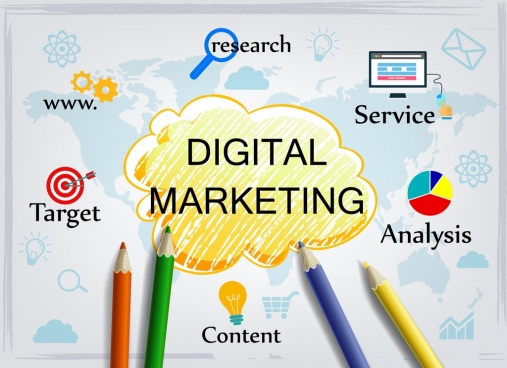
Generating leads to fill your database with contacts, in addition to giving you some thoughts due to the GDPR, may not be the right strategy to undertake. because even if you have many connections but little information collected, the simple emails you have accumulated will not serve you. to anything so you can very well trash them.
They will remain simple visitors to your website who will be activated when they receive an email. Still, it will be challenging to “close” these contacts because what is missing is profiling, to send them targeted communications.
Therefore, it is up to an Inbound Specialist to identify the best strategy to profile contacts based on their needs; if the user needs a demo, it is clear that the information you can request is much more than downloading an in-depth guide on a particular theme.
If you want to generate “first quality” leads, you have to take a step back to optimize all your communication.
# First, Increase the quality and quantity of content on the site
Start publishing useful, informative content frequently, no press releases or anything else, think about what people might be looking for, the questions they might ask before buying your product/service, and go from there.
For example, suppose you sell pellet boilers. In that case, many people will be wondering what the pros and cons of using pellets are. You will have to intercept this question, providing an articulated answer and then directing the user to your website and rewarding him with inherent content. , maybe an excellent guide on pellets. By doing so, in addition to gaining contact, you will also have his trust in him because you have been helpful.
# 2 Fix already posted content and give it an edge
If you are already following an inbound strategy, you will most likely have already posted a significant amount of content on the blog. All the work you have done is a small treasure. You can also analyze the posts that have generated the most visits, and you can work targeted on these.
You can decide to take up the blog post topics and create a guide/ebook a little more in-depth, or you can start creating videos to convey your knowledge on YouTube.
#3 Avoid using the “all at once” formula; use the smart one
You’ve invested a lot of time creating content, that’s true, but that doesn’t mean you can ask the visitor for a lot, too much information from the first visit to your website. You must respect the buyer’s journey and make the most advanced profiling function that some tools have, such as HubSpot.
KissAnime mentioned before, if the user subscribes to the blog, you can request his name and email id. If he downloads a guide, you can ask him for his name, surname, city, email, and profession. When the user converts on slightly more commercial requests, such as requesting a quote, demo, or advice, you can also decide to enter the telephone field and other personalized questions to understand his needs and goals.
HubSpot, for example, allows you to create intelligent forms. It will enable you to:
- Have the user view the pre-filled form so that they only have to click on the Call to Action to confirm the request
- Hide fields that have already been filled in to make new ones appear. For example, if he has already told me what his goals are, Id can eliminate this question and show a new one, such as the difficulties in reaching the destination.
# 4 Make yourself available, both online and offline
When visitors arrive on your website, they use chat systems or bots to provide immediate support to those who wish to receive information on the product/service. It is true that the FAQ page is easier to manage and could solve messaging management, but the interaction wins 10 to 0.
Your online presence is crucial, as is your offline company. Requests for advice, preventive demos should be handled in a short time. Many HubSpot partners take these requests within 5 minutes because the contact remembers you, has just seen your site, and is most likely still in front of their pc or has their smartphone in their hand.
# 5 Integrate a retargeting strategy
Let’s say a contact comes to your site to have a look, as we often do when we walk into a store and want to see what’s inside. Thanks to retargeting, we can continue to follow and show content to those who have visited the site at least once.
For example, with the Facebook tracking pixel, we can track all people who visit the website or visit individual pages of the site. Do you want to know more about this topic? Click here. In this way, he will remember us, and sooner or later, he will come back to the site to request info or buy the product.
# 6 Check out the information you’ve gathered
If you can’t define a flow for gradually profiling contacts, there is something to review in your strategy. At this point, I suggest you use the BANT to align yourself with the Sales department and understand if the contacts you are generating materialize into sales.
- BUDGET: Does the contact have the necessary funding to purchase my products/services?
- AUTHORITY: does the contact have decision-making power within the company?
- NEED: Can your product solve the problem your contact has?
- TIMING: do you need to buy urgently?
If the leads you generate don’t meet these requirements, you need to review your strategy because they can’t do miracles for salespeople.








